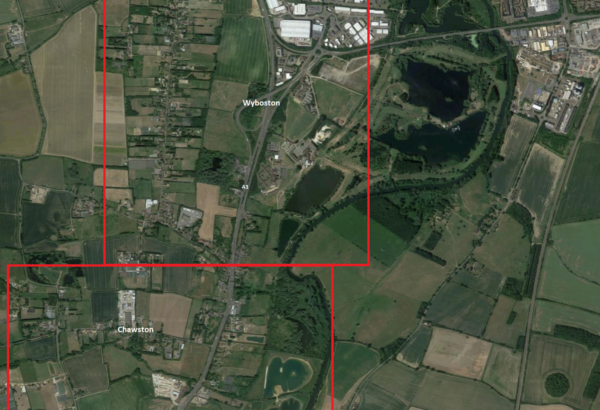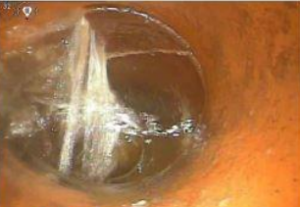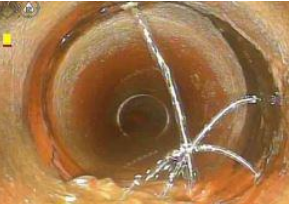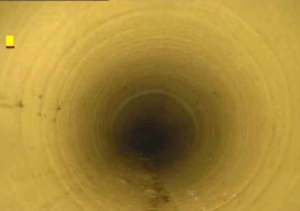This website uses cookies so that we can provide you with the best user experience possible. Cookie information is stored in your browser and performs functions such as recognising you when you return to our website and helping our team to understand which sections of the website you find most interesting and useful.

Case Study
Anglian Water – Chawston to Wyboston sewerage pipeline
Background
Ensuring that our wastewater infrastructure is resilient and fit for the future is an ongoing priority for the water sector. This is being compounded by pressures from fluctuating rainfall, changing capacity demands as a result of population growth and new housing, and an aging network in need of renewal. On this project in Chawston & Wyboston, we’ve been working with the Integrated Maintenance Repair & Water Recycling Alliance for Anglian Water to meet these challenges in a cost efficient way.
Analysis by the Alliance identified a common problem for the region. A high-water table, coupled with development in the River Great Ouse catchment, was resulting in excess groundwater which was infiltrating the sewers due to defects in the pipes. This was adding extra water volume into the network on top of regular household flows, putting pressure on pumping stations and sewage treatment plants in and around the local network.
To manage this, tankering had been taking place in local villages, but there was a consensus for a longer-term fix to repair the existing assets and protect the network’s future resilience.


Solution
We knew that the right investment in experience and technology would hold the key to success. We comprehensively surveyed the network around the villages, using a combination of flow monitors, data measurement and cameras to fully document every metre. This gave us a clear map of the network which would allow us to target interventions efficiently now, as well as support proactive repair and maintenance planning for the future.
We then set in motion a 12-month patch relining programme, applying and curing patches of silicate resin and fiberglass matting in situ to seal and strengthen the points of infiltration. As we could access and patch the localised areas of defects via manholes, we used a no-dig technique, allowing us to minimise our site footprint, disruption to customers and health & safety risks.
Benefit
The benefits of the work were clear. Infiltration levels went down to a minimum, with network monitors showing low water volumes well within the network’s capacity. As well as saving operational costs by removing the need for tankers, we were also able to reduce the carbon emissions from tankering vehicles.
The patch relining technology allowed us to fit the work around other jobs across the network, as small, focused teams could apply a fix between jobs in just a few hours in an isolated location, rather than requiring large teams to be on site throughout the villages for days at a time. This approach used 50 per cent of the normal labour resource and saved around £50,000 compared with the alternative of fully relining the existing pipework. Clancy’s approach kept the network fully operational throughout the programme to maintain water access for Anglian Water’s customers.


